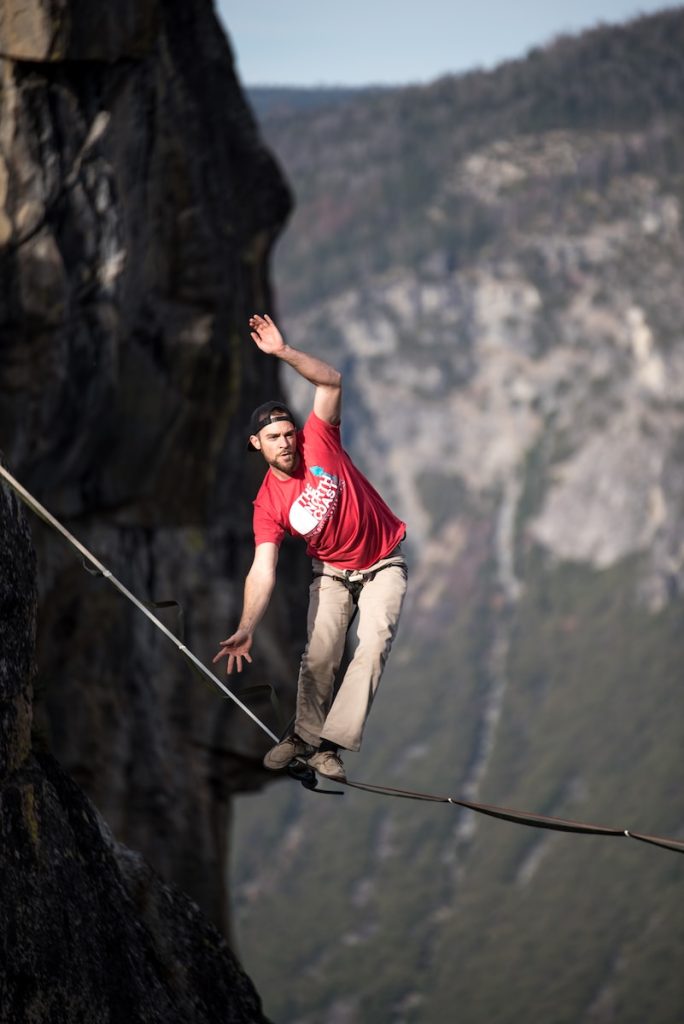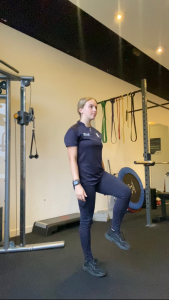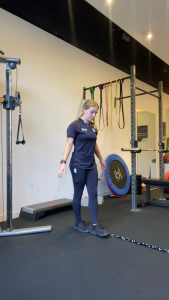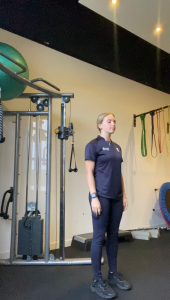Understanding the Importance of Balance and Fall Prevention
Maintaining balance is a fundamental aspect of our daily lives that often goes unnoticed until it becomes compromised. Achieving and preserving balance is crucial for performing daily activities and ensuring overall well-being. As we age, maintaining a good sense of balance becomes increasingly important in order to prevent falls and maintain independence. The ability to stay upright and stable has a profound impact on the overall well-being of older adults.
Balance is the ability to maintain the body’s centre of gravity within its base of support. It is essential for performing various activities, such as walking, climbing stairs, reaching for objects and even simpler tasks like standing up from a chair. A well-maintained sense of balance allows individuals to move confidently and efficiently, enhancing their overall quality of life.
As individuals age, the risk of falls and injuries become more prevalent due to various factors. Age-related changed in vision, muscle strength, proprioception and reaction time can all contribute to the decline in balance. Within this population, the Centre of Disease Control (CDC) lists falls as the leading cause of fatal and non-fatal injuries, with approximately 30% of the adults aged 60 and above falling each year. Falls can result in fractures, head injuries and other severe consequence that can impact an individual’s quality of life. In addition, to the physical injury, falls can affect the mental health of many older people, resulting in a decrease in confidence and increase in fear. Therefore, individuals will leave their house as infrequently as possible, leading to a reduction in physical activity and social meetings.
Falls are a significant public health concern, especially among older adults. According to the World Health (WHO), falls are the seconds leading cause of accidently or unintentional injury deaths worldwide. Furthermore, in the United States, falls are the leading cause of injury-related deaths among adults aged 65 and older. Every year, millions of older adults are treated in emergency departments for fall-related injuries. Therefore, it is essential to maintain balance as we age and understand the risk factors that predispose people to falls.

5 Factors Affecting Balance
By understanding and addressing the factors that affect balance, many people can improve their balance and reduce the risk of falls;
- Aging: As we age, our bodies undergo various changes that can impact our balance. Age-related muscle loss, known as sarcopenia, can lead to decreased muscle strength, making it more challenging to maintain stability. Additionally, changes in vision and the vestibular system, which controls our sense of spatial orientation can further affect balance
2. Medications: It is important to be aware that certain medications can have side effects that affect balance. Some medications, such as sedatives, tranquilizers and certain blood pressure medication, can cause dizziness or drowsiness, increasing the risk of falls. It is crucial to consult with a healthcare professional about potential side effects and take necessary precautions.
3. Muscle Strength: Muscle strength plays a vital role in maintaining balance. Strong muscles, particularly in the legs and core, provide stability and support during movements. Regular exercise, including strength training, can help improve muscular strength and reduce the risk of balance deficits.
4. Proprioception: Proprioception refers to our body’s ability to sense its position and movements in space. It relies on sensory information from muscles, tendons and joints. Impaired proprioception can disrupt our sense of balance. Activities that enhance proprioception such as yoga or balance exercises can improve body awareness and stability.
5. Coordination: Coordination involves the harmonious interaction of various body parts and systems to perform movements smoothly. Poor coordination can lead to instability and balance problems. Engaging in activities that challenge coordination can enhance balance and coordination skills.
Balance Assessments

Balance assessments play a vital role in evaluating and monitoring an individual’s balance capabilities. They help identify any existing balance issues, assess the risk of falls and provide valuable insights for healthcare professionals to develop appropriate intervention strategies.
These assessments involve a combination of subjective and objective measures to evaluate an individual’s balance ability. Some common methods used in balance assessments include:
Subjective Assessment: Healthcare professionals may ask questions about an individuals history of falls, dizziness and any other balance-related issues. This information helps in understanding the individuals overall balance status.
Functional Tests: These tests assess an individuals ability to perform specific functional tasks that require balance, such as standing on one leg, walking in a straight line or turning around without losing balance. These tests provide valuable insights into an individuals dynamic balance control.
Physiotherapy for Balance and Fall Prevention
By understanding an individual’s balance capabilities, healthcare providers can tailor exercise programs, recommend lifestyle changes to work together to improve balance and prevent accidents. Here at Summit, we can do just that! We can provide a better understanding surrounding risks of falls and ways of reducing that risk, as well as supporting you after suffering from a fall – whether that be helping you to recover from a fall-related injury, or reducing the risk of falling again.
If you would like a confidence boost in going out and about, maintain your independence and reduce the fear of falling, come and have a chat to one of our therapist for support and exercises for balance and fall prevention.
Balance and Fall Prevention Exercises
Whilst it is more effective to have a program specific to an individual’s ability and deficits, some common exercises to help improve balance are:
Single Leg Stand
Stand near a sturdy support and lift one leg by bending at the knee. Try to maintain balance for 30 seconds. Repeat with the other leg.
One side may feel easier than the other, so noting down any difficulties or instability experienced can help to recognise imbalances between each side and help to log progression!


Tandem Walk
Create a straight line on the floor and walk along it, placing one foot directly in front of the other.
Attempt to walk for a few steps without stepping off the line. Again, noting down any unsteadiness or loss of balance.
Eyes Closed Test
Stand with feet shoulder-width apart and close your eyes. Observe if you can maintain your balance without visual cues.
Be cautious and ensure you are in a safe environment while performing this exercise.

By performing balance exercises frequently, it can improve your muscle activation and proprioception and can ultimately help reduce the risk of falling.
If you would like to understand more about balance and fall prevention, below are some more websites that may give further insight on the topic.
Age UK – Avoiding a Fall
https://www.ageuk.org.uk/information-advice/health-wellbeing/exercise/falls-prevention/
NHS- Fall Prevention
https://www.nhs.uk/conditions/falls/prevention/
Oxford Academic -World Guidelines for Fall Prevention
https://academic.oup.com/ageing/article/51/9/afac205/6730755
If you’re struggling with balance or stability that’s impacting your exercise or daily life, call us on 0800 731 2738 or book online here.
You can also view all the services we provide within our clinics on our website, as well as checking out our other blogs and content.
For more free tips and information, make sure to follow our Facebook and Instagram pages. We also post client stories, so you can see how we’ve helped people get back to doing the things they enjoy!



